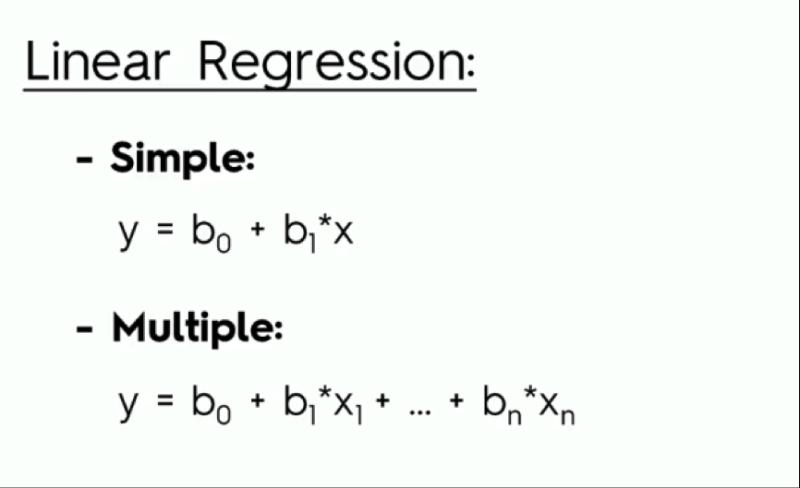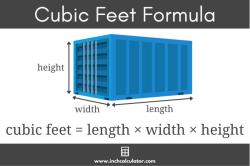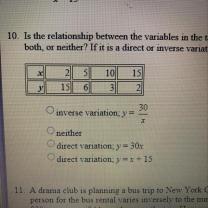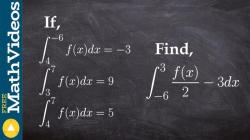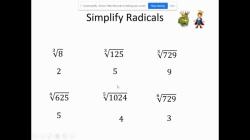What is the equation for multiple regression?
The general equation for multiple regression involves predicting a dependent variable (Y) based on two or more independent variables (X1, X2, ..., Xn). The mathematical model for multiple regression can be expressed as follows:
Here's a breakdown of the terms:
- is the dependent variable (the variable you are trying to predict).
- is the intercept (the value of when all independent variables are 0).
- are the regression coefficients for each independent variable (). These coefficients represent the change in associated with a one-unit change in the respective independent variable, holding other variables constant.
- are the independent variables.
- is the error term, representing the variability in that is not explained by the independent variables.
The multiple regression equation allows you to estimate the impact of each independent variable on the dependent variable while considering the potential influence of other variables. The coefficients () are typically estimated using statistical methods to best fit the observed data.
In matrix form, the equation can be expressed as:
Here, is a column vector of observations on the dependent variable, is a matrix of observations on the independent variables, is a column vector of coefficients, and is a column vector of error terms.
It's important to note that multiple regression assumes certain statistical assumptions, including linearity, independence of errors, homoscedasticity, and absence of multicollinearity. These assumptions should be checked and validated before interpreting the results of a multiple regression analysis.
How is the multiple regression equation formulated?
The multiple regression equation is formulated by using a statistical technique called ordinary least squares (OLS). OLS finds the best-fitting line or surface through a set of data points.
The multiple regression equation is typically written as follows:
Y = a + b1X1 + b2X2 + ... + bnXn + e
where:
- Y is the dependent variable (the variable being predicted)
- a is the intercept
- b1, b2, ..., bn are the regression coefficients
- X1, X2, ..., Xn are the independent variables (the variables used to predict Y)
- e is the error term
The regression coefficients represent the amount of change in Y that is associated with a one-unit change in the corresponding independent variable, holding all other independent variables constant.
What are the key variables in the multiple regression equation?
The key variables in the multiple regression equation are the dependent variable and the independent variables. The dependent variable is the variable that is being predicted, and the independent variables are the variables that are used to predict the dependent variable.
The independent variables can be quantitative (e.g., age, income, height) or qualitative (e.g., gender, race, education level). The dependent variable must be quantitative, but it can be continuous (e.g., height, income) or discrete (e.g., number of children).
Are there variations in the multiple regression equation across disciplines?
The basic form of the multiple regression equation is the same across disciplines. However, the specific variables that are included in the equation may vary depending on the discipline.
For example, a multiple regression equation in psychology might use variables such as age, gender, and personality traits to predict academic performance. A multiple regression equation in economics might use variables such as interest rates, unemployment rates, and inflation rates to predict GDP growth.
Example
A researcher might be interested in predicting student GPA. The researcher might use a multiple regression equation with the following variables:
- Dependent variable: GPA
- Independent variables: Age, gender, high school GPA, and SAT score
The researcher would collect data on all of the variables for a sample of students. They would then use OLS to estimate the regression coefficients.
The results of the regression analysis might show that high school GPA and SAT score are the strongest predictors of college GPA. This would suggest that students with higher high school GPAs and SAT scores are more likely to have higher college GPAs.
The researcher could also use the regression equation to predict the GPA of a new student based on their high school GPA and SAT score. This could be helpful for admissions officers and academic advisors.
Multiple regression is a powerful tool that can be used to study a wide range of research questions in many different disciplines.
